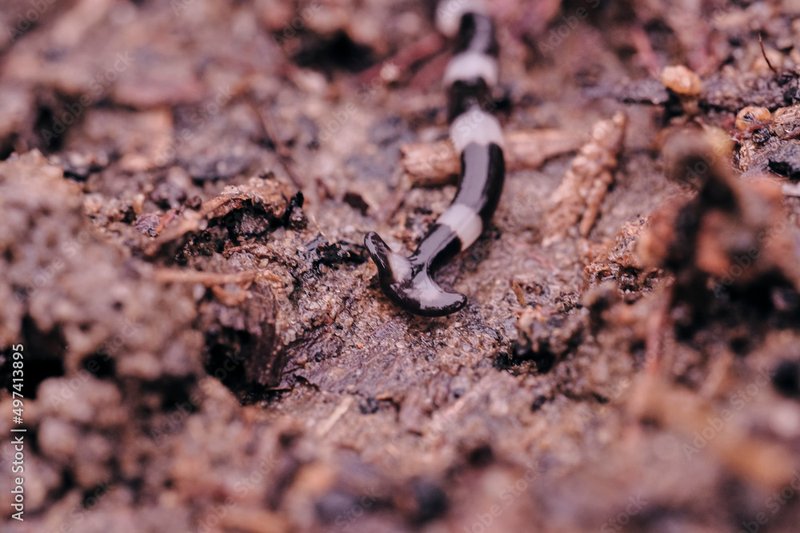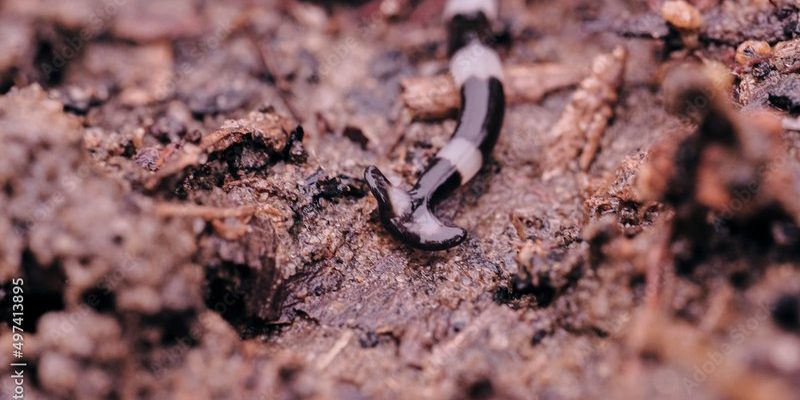
Picture this: you’re at a local gardening store, picking up a bag of fresh mulch to spruce up your flower beds. But unbeknownst to you, that bag could be harboring these invasive little guys, ready to make a meal out of your earthworms and disrupt your local ecosystem. Let’s dive into what hammerhead worms are, how they spread, and what this means for our gardens.
What Are Hammerhead Worms?
Hammerhead worms, scientifically known as *Bipalium kewense*, are a type of flatworm that originally hails from Southeast Asia. Their unique hammer-shaped heads set them apart from other worms, giving them an almost alien look. These creatures can vary in color from brown to green and have a flat, elongated body that can grow over a foot long.
You might be wondering, “Why should I care about hammerhead worms?” Well, their presence in non-native areas can cause significant harm to local ecosystems. They are voracious predators of earthworms, which play a vital role in soil health and nutrient cycling. In short, hammerhead worms are not just weird-looking; they can be quite destructive.
How Do Hammerhead Worms Spread?
The hammerhead worm’s journey into new territories often starts with the soil and mulch trade. When gardeners or landscapers bring in soil or mulch from another region, they may unknowingly transport these worms along with it. This is especially common in mixtures that include organic material, which can serve as a perfect habitat for the hammerhead worm.
Here’s the thing: hammerhead worms reproduce quickly. A single worm can split in half and regenerate into two separate worms, which means that a few of these critters can quickly turn into a full-blown infestation. This reproductive strategy makes them particularly adept at spreading. If you’re not careful, you might find them thriving in your own backyard.
Why Are Hammerhead Worms a Problem?
The presence of hammerhead worms poses a threat to local earthworm populations. Earthworms are essential for soil aeration and nutrient density. They help break down organic matter, enriching the soil and promoting plant growth. When hammerhead worms feast on these beneficial creatures, the overall health of the soil can decline, negatively impacting your garden.
Additionally, hammerhead worms can disrupt local ecosystems by altering the balance of the food web. Not only do they prey on earthworms, but they can also affect other invertebrates, potentially leading to a ripple effect that impacts plants and animals higher up the food chain.
So, when you think about hammerhead worms, it’s not just about an odd-looking worm; it’s about the broader implications for biodiversity and soil health.
How to Identify Hammerhead Worms
Identifying hammerhead worms can be pretty straightforward, especially once you know what to look for. Here are some identifying features:
- Shape: Their heads are distinctly shaped like a hammer, wider than their bodies.
- Color: They can range from brown to green, often with a lighter underside.
- Size: They can grow up to 12 inches long, so they’re not exactly small.
- Movement: They move in a sinuous, gliding motion, which can be quite captivating to watch—if you’re not too squeamish!
If you spot any suspicious-looking worms in your garden that resemble these descriptions, it’s worth investigating further.
Preventing the Spread of Hammerhead Worms
Preventing hammerhead worms from entering your garden involves a few simple steps:
1. **Buy Locally**: Whenever possible, source soil and mulch from local suppliers to minimize the risk of introducing non-native species.
2. **Inspect Products**: Before bringing any soil or mulch into your yard, carefully examine the bags. Look for any signs of unusual worms or other pests.
3. **Sanitize Tools**: If you’ve been working in an area known to have hammerhead worms, clean your gardening tools before using them elsewhere.
4. **Educate Others**: Share information with fellow gardeners about the risks associated with hammerhead worms. The more people are aware, the less likely these invasive creatures will spread.
Taking these steps can help protect your yard from unwelcome guests and ensure a healthy garden ecosystem.
What to Do If You Find Hammerhead Worms
If you discover hammerhead worms in your garden, it’s essential to take action. Here’s what you can do:
– **Do Not Compost**: Avoid putting hammerhead worms in your compost pile. They can survive the composting process and may end up in your garden later on.
– **Remove Manually**: You can pick them up using gloves and place them in a sealed bag for disposal. It’s best to bury them deep in the ground or freeze them before throwing them away.
– **Inform Local Authorities**: If you find a significant population, consider contacting local agricultural extension services or pest control for advice.
Acting promptly can help minimize their impact and keep your garden safe.
In summary, hammerhead worms are more than just a strange sight in your garden; they’re a potential threat to the delicate balance of local ecosystems. By understanding how they spread through soil and mulch trade, we can take proactive steps to prevent their invasion.
Remember to inspect your gardening products, educate yourself and others, and act quickly should you encounter these unwelcome guests. By staying vigilant, we can keep our gardens thriving and protect our local environments from invasive species like the hammerhead worm. Let’s keep our green spaces vibrant and healthy, one informed gardener at a time!

